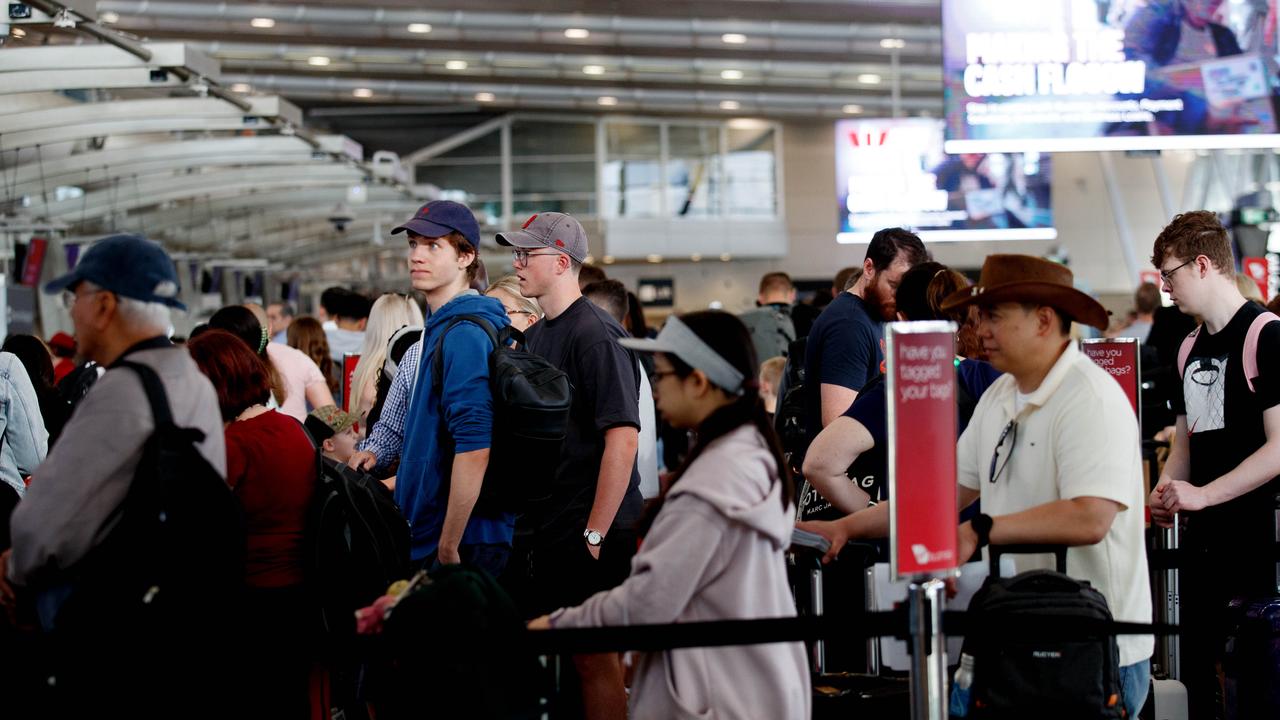Net overseas migration rate to be halved as Albanese government reforms system
After a record post-Covid growth rate, Australia’s net overseas migration rate is set to stabilise and then dramatically decrease.
Highly skilled migrants will be targeted while the total migration intake is slashed over coming years, as the government tries to reduce pressure on the stretched housing sector while building out its Future Made in Australia plan.
After a record net overseas migration intake of 528,000 in 2022-23, Treasury is forecasting that figure will decline to 395,000 in 2023-24, before tapering off even further to 260,000 in the coming financial year.
The permanent migration program will be capped at 185,000 places in 2024-25, with 132,200 places allocated to the skill stream to “help address Australia’s long-term skill needs”.
A $18.3m investment over the next four years will seek to further reform Australia’s system to “drive greater economic prosperity and restore its integrity”.

Visa changes
A new National Innovation visa will be established to replace the current Global Talent visa from later this year, aimed at targeting “exceptionally talented migrants who would drive growth in sectors of national importance”.
The government will also reduce the work experience requirement for the temporary skill shortage visa, down from two years to one, for all applications from the end of this year.
A new mobility arrangement for skilled early-professional Indian nationals will cost the budget $15m this year, increasing to $165m by 2027-28, to provide a new mobility pathway for 3000 graduates with specific knowledge or skills allowing them to live and work in Australia for up to two years.
The government has also introduced a new ballot process for the Work and Holiday visa program for China, Vietnam and India from the coming financial year, designed to mange program demand.
The budget will provide finding for visa processing, which Home Affairs Minister Clare O’Neil would ensure the government “continues to deliver on priorities”.
“Including applying additional scrutiny to international student visa applications and providing streamlined processing for skilled workers, such as in healthcare professions,” Ms O’Neil said.
The government will spend $115.6m over the coming four years to address “extremely high migration backlogs” in the federal courts, including establishing two migration hubs solely dedicated to hearing migration and protection matters.
Internal movement
The budget forecasts significant internal migration over the coming years.
In the coming financial year, an estimated net 23,000 people are forecast to leave NSW, while 2900 are set to leave South Australia, 2100 will leave the Northern Territory, 700 will leave Tasmania and 300 will leave the ACT.
Queensland will be the biggest benefactor of internal migration, with the population forecast to increase by 23,000 in the coming financial year. An additional 3100 people will move to Victoria and 3000 will move to WA.
Over the next few years, NSW will lose more than 20,000 residents annually, while Queensland will keep reaping the rewards.



